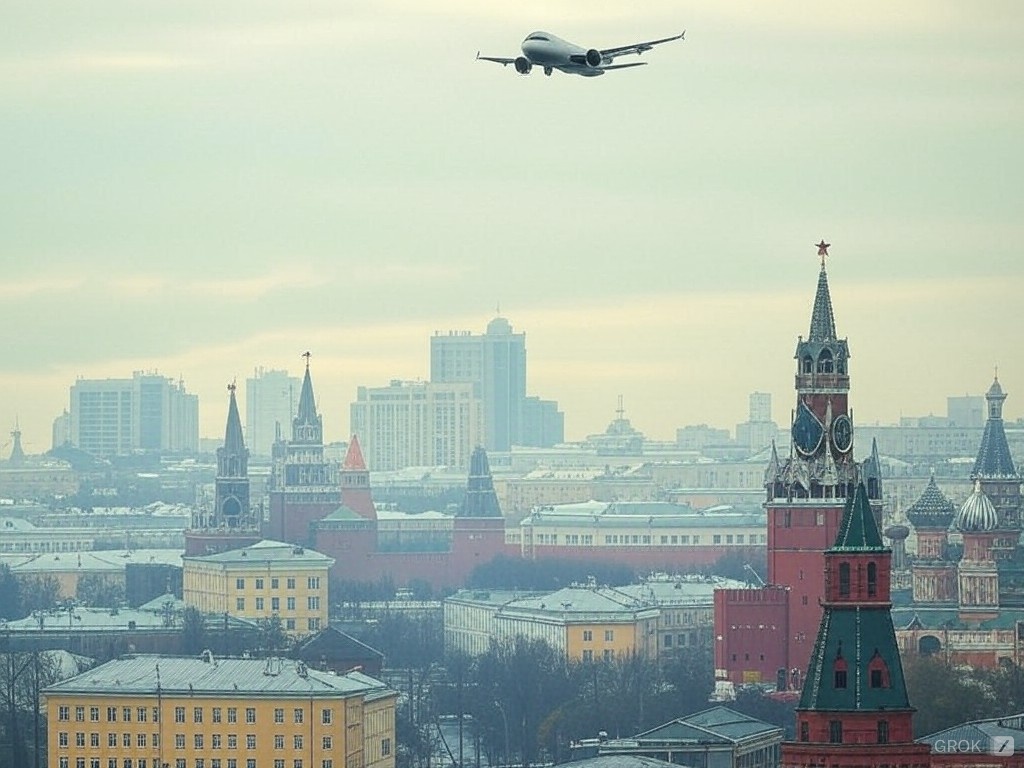Is it Safe to Fly Over Russia?

27 December 2024
The recent tragic crash of an Azerbaijan Airlines flight en route from Baku to Grozny has sent shockwaves through the aviation world, particularly after it was revealed that the plane was possibly downed by a Russian anti-aircraft missile, sparking a broader conversation about the safety of flying over Russian airspace.
In the early hours of a foggy Wednesday, flight J2-8243 veered off its intended path, crossing the vast Caspian Sea, only to crash near Aktau, Kazakhstan. The aftermath was captured in harrowing footage showing the plane descending in a fireball, with survivors emerging from the wreckage amidst chaos. The incident has been attributed to multiple causes, ranging from a bird strike to, more alarmingly, a strike from Russian air defenses, according to several sources, including U.S. officials and aviation analysts.
In an age of digital warfare, where the sky can be as treacherous as the battlefield below, the notion of "safe" airspace seems increasingly quaint. The skies over Russia, once seen as mere transit routes, have become contested zones where the line between military and civilian aircraft blurs.
This incident isn't isolated. The backdrop of ongoing conflicts, particularly Russia's military engagements with drone threats from Ukraine, paints a picture of a region where the rules of engagement are in flux. The use of sophisticated jamming and anti-aircraft systems, ostensibly to counter these threats, inadvertently places civilian aircraft at risk. It's a scenario where technology meant to safeguard a nation's sovereignty might also endanger its international guests.
The implications of such an event extend beyond the immediate tragedy. Though sanctions have reduced flights, Russian airspace remains an important artery for commercial aviation, especially for flights between Europe and Asia. The crash has not only led to Azerbaijan Airlines suspending flights to key Russian cities like Moscow, St. Petersburg, and Grozny but has also prompted other carriers to reconsider their routes through this region.
The reaction from the international community has been one of cautious diplomacy mixed with urgency. The Kremlin has warned against jumping to conclusions, advocating for a thorough investigation before any blame is assigned. Yet, the very nature of the incident calls into question the transparency and accountability of such investigations, especially when they involve nations with complex geopolitical relationships.
From an aviation standpoint, the incident underscores a broader issue: the vulnerability of civilian air travel in conflict zones. The airspace over Russia, particularly near the volatile regions of the North Caucasus, has seen increased military activity. This environment, where civilian and military operations overlap, demands a reevaluation of how safe skies are monitored and managed.
For travelers, the narrative is shifting. Where once the flight path was a mere detail on a ticket, it now holds potential peril. Airlines are forced to navigate not just weather but also the geopolitical climate. This has led to a surge in interest in alternative routes, increasing flight times and costs, and potentially influencing where people choose to fly or even travel to.
This tragedy serves as a stark reminder that in our interconnected world, the safety of the skies is not just a matter of technology or regulation but a complex interplay of politics, war, and peace. As the aviation industry adapts to these realities, the true cost of this incident might be measured not just in lives lost but in the recalibration of global flight paths and the redefinition of what it means to travel safely.
